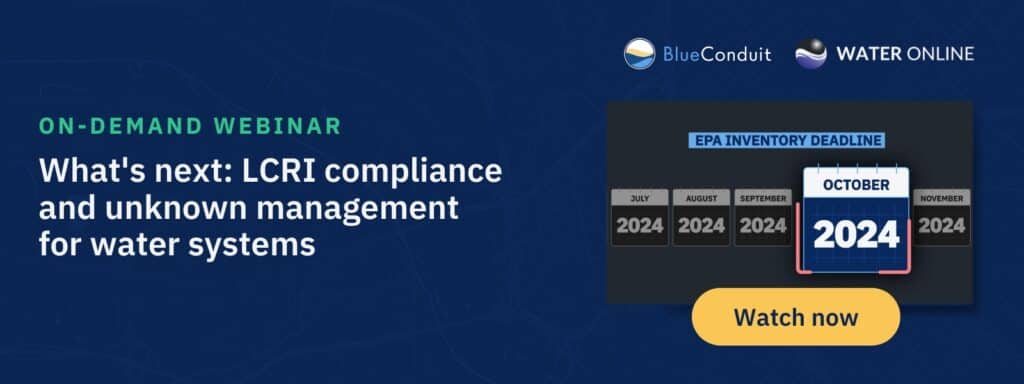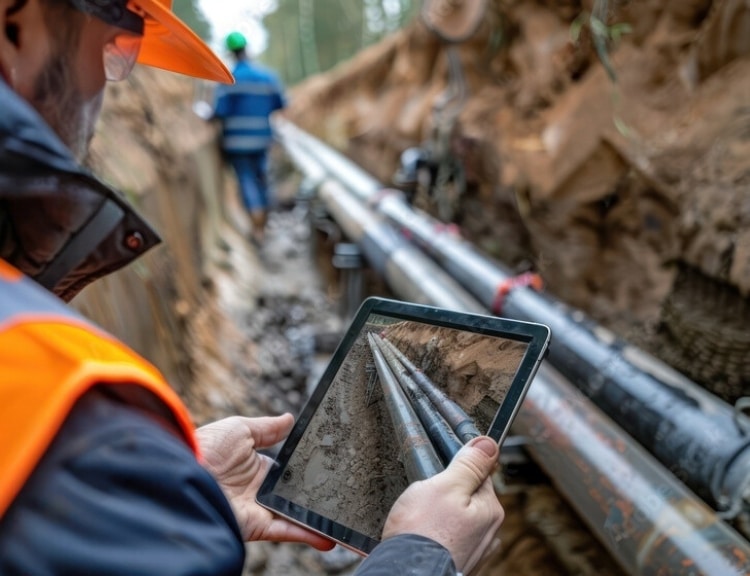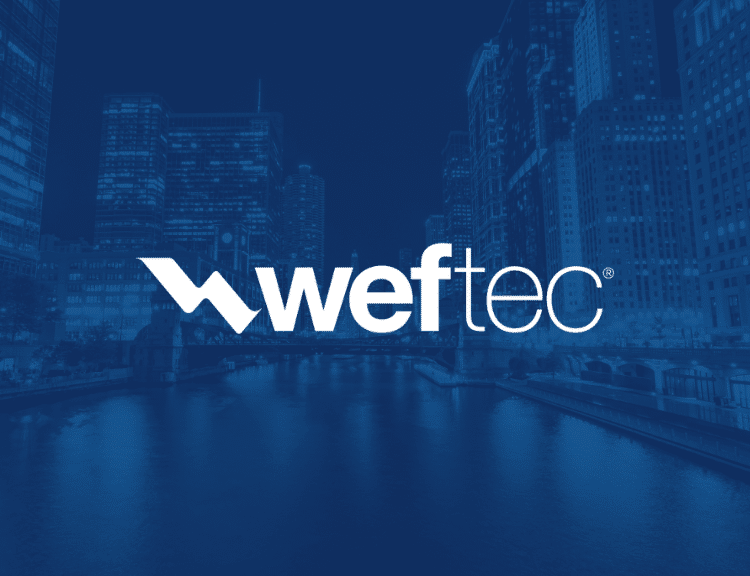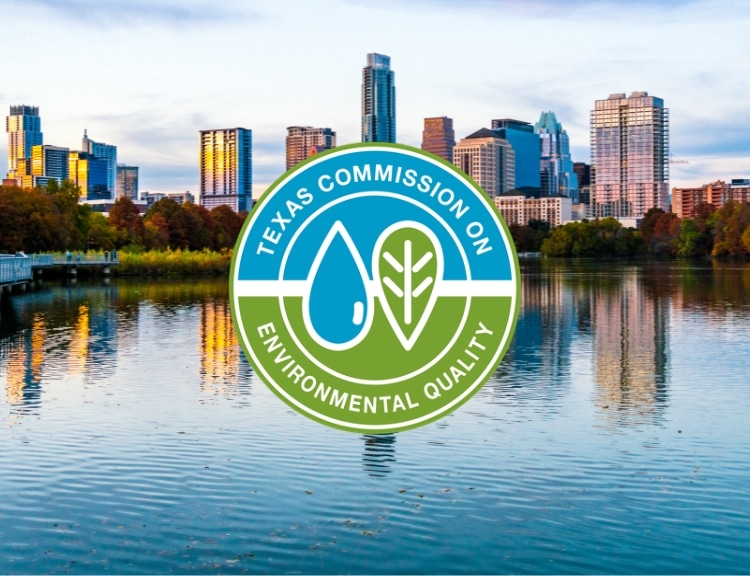The October LCRR inventory deadline is almost here, and while water systems are heavily invested in ensuring their Inventories are compliant and submitted to their regulators on time, there will be a lot of work that still needs to be done starting Oct. 17.
As we’ve mentioned before, a water system’s Inventory is compliant as long as it meets the state template requirements. It technically doesn’t matter if each service line has a material classification. A system could, in theory, submit their inventory with their entire system listed as “unknown material” and still be compliant. (But we don’t recommend that.) In fact, managing and classifying unknown service lines is a critical step for LCRR and LCRI compliance.
What’s the big deal about unknown service lines? There are a boatload of LCRR requirements (and presumably LCRI, which is anticipated to be released in the next few weeks) concerning unknown SLs, which must be presumed lead until proven otherwise. This means there are a lot of costs involved, both tangible and intangible, to meet LCRR/LCRI compliance and manage these lines. Let’s review some of these costs.
Direct costs
Cost of material line identification. A simple line item, but a biggie. There are two ways to identify your unknowns: Dig up the line and physically verify, or use statistical methods and predictive modeling. Based on our research and customer conversations, we estimate the average cost of physical verification to be about $1,000 per line. The more lines you decide to physically verify, the higher those costs will be. Then you also have to factor in other costs (outlined below) for as long as it takes you to classify, and replace (if needed) that line.
Customer notifications. The LCRR currently requires water systems to annually notify all customers whose service lines are unknown or lead/GRR until the service line is verified as non-lead or replaced. Putting aside the cost of any known lead/GRR lines for a minute, let’s review an example from our earlier compliance series blog post:
Let’s say you are a water system with no known or expected lead who will follow the LCR/LCRI compliance requirements on time (but not ahead of schedule). If you have 5,000 service lines of unknown material, you are required to send out 5,000 customer notifications in 2024. If we allocate $1 to each customer for postage, printing and materials, that’s $5,000 spent in customer notifications this year. That doesn’t seem too bad, right?
But then you are required to continue sending annual notifications until you’ve verified the service line material for every unknown line. Starting in 2027, you are required to verify 10% of your unknowns, or 500 SLs, per year with all verifications complete by 2037. Those 5,000 customer notifications in 2024 quickly explode into:
42,500 total customer notifications, with up to 13 notifications sent to each customer!
This doesn’t even include multiple attempts to reach a property owner or additional notifications in the case of lead action level exceedance!
Even then, you might be saying: “$43,000 is not really that much money over the course of 10 years. I’m not that worried about it.” So, let’s look at some other costs you may not have considered:
Fluid costs
There are other LCRR/LCRI compliance requirements around tap sampling and pitcher filter kits to be aware of. These costs are more nuanced due to many factors, but can’t be ignored. More guidance will be forthcoming when the LCRI is released, but water systems should expect to spend some money to conduct tap sampling and provide pitcher filter kits as needed.
Ongoing Inventory management costs. The LCRI will presumably require water systems to submit an annual inventory through 2037 and/or until they have shown there is no lead on either public or private side, whether that’s through replacements or validating the lack of lead via physical validation or statistical methods. It’s an ongoing management process that must account for time and labor, and those costs will vary significantly depending on whether water systems choose to physically verify every line or use statistical methods.
Intangible costs
Community trust and transparency. There’s no price you can put on your reputation. Water utilities provide one of life’s most critical resources. When utilities fail to meet compliance or mislead their customers into thinking their drinking water is safe (whether knowingly or unknowingly), or if they take a long time to replace lines without clear communication and engagement about the plan of action, that’s a lot of money spent on PR and recovery operations to regain community trust.
Improved public health: It’s obvious that lead poses a health hazard, including a higher risk of preterm birth, mood disorders, and developmental delay in children. It’s the entire reason why the #GetTheLeadOut movement and LCRR/LCRI compliance exist in the first place. There are some interesting cost/benefit analyses of meeting LCRI compliance that estimate the health benefits to be up to $9 billion. (The EPA has a more conservative estimate of $335 million.) That’s a huge cost savings.
Conclusion: There’s a lot more to unknown management than meets the eye, so it’s important to prioritize and reduce those unknown service lines as quickly as possible. Proactively using statistical methods and predictive modeling to identify unknown service lines can help significantly reduce the costs associated with unknown management for LCRI compliance. Talk with BlueConduit today to see how we can help you plan for what’s next after Oct. 16.
Learn more about the importance of unknown management as it relates to LCRR and LCRI guidance at our on-demand webinar, “What’s Next: LCRI Compliance and Unknown Management for Water Systems”. Watch now!






